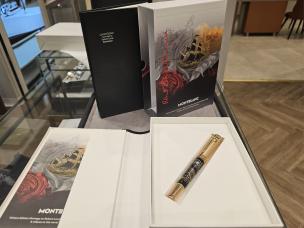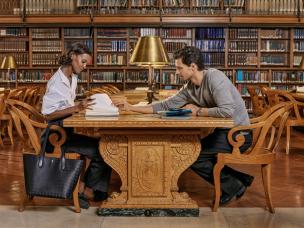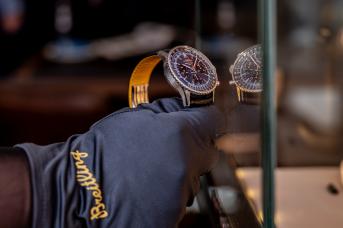MARCO BICEGO and the art of engraving
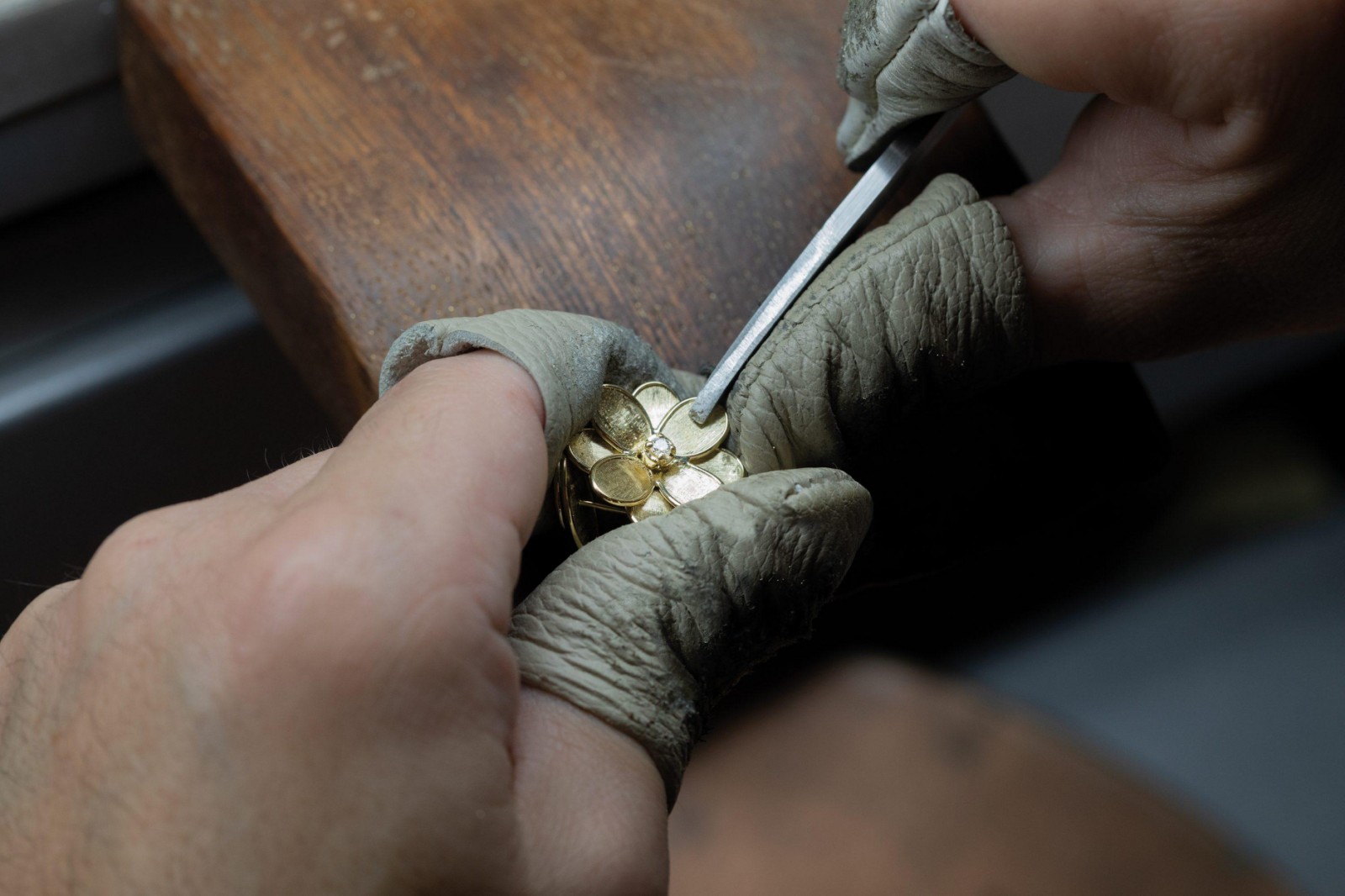
It is always a satisfying feeling to slide your fingers on an engraved golden surface and to be enchanted by observing the smallest details of its chiaroscuro passages. This charm has attracted man to engraving right from the origins of metalworking, with the birth of the first civilizations.
The goldsmith's engraving technique consists in creating designs or ‘campiture’ on the surface by tracing thin grooves using the Bulino (burin), a small rod now made of hardened steel, on one side equipped with a wooden handle and on the other with a sharp and cutting tip able to remove, at each step, a curl of metal. Depending on the shape and size of the burin tip, the Master Engraver chooses grooves of different shape, depth and width based on the desired design or effect. The engraving can also be used to create a ‘campitura’, or a filling of the surface which, through a multitude of infinitesimal grooves, gives a particular effects of depth, materiality, opacity and reflection of light. To obtain this effect, a special burin is used with a multi-blade tip which is called “millerighe”.
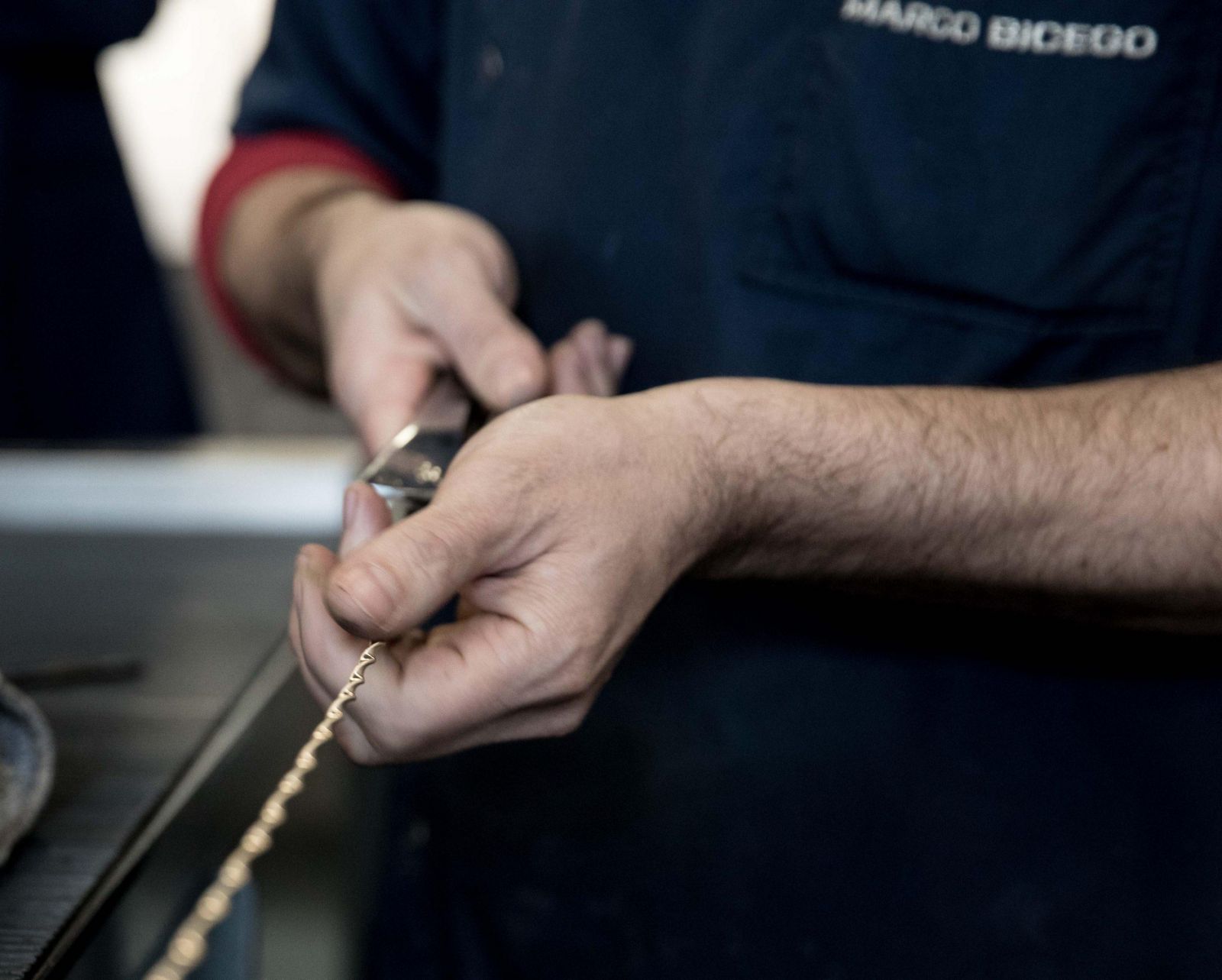
For the man attracted to Beauty, embellishing a goldsmith's work with the engraving technique was a natural gesture and in fact this technique is among what we can define as complementary to the goldsmith's art.
Skillful engravings can be admired in the vibrant figures of the gold rings of Minoan art from 1700 BC, in the deities depicted in the seal rings of ancient classical Greece, in the scenes depicted on the trays and silverware of the elite of the late Roman Empire between the 4th and 5th centuries AD, in the iconic and graphic inscriptions and portraits on medallions, buckles and wedding rings produced by the goldsmiths of the Byzantine Empire.
However, it is at the time of the refined and elegant late medieval European courts and the Renaissance that engraving begins its path of particular splendor in both graphic and goldsmith works, reaching the extreme limits of artistic and craft perfection.
Mottos and love poems were engraved in calligraphy on rings and brooches in gold and silver, or figures and landscapes were represented according to the Gothic style typical of the time. In the same years, the goldsmith's engraving, with its ‘campiture’ and stylized leaf ornamentation, was in evident competition with the textures of contemporary precious fabrics, products of particular pride for the Italian courts. It is precisely from the interweaving of the weft and the warp of the luxurious Renaissance brocades that the engraving is inspired by its canvas, silky and knurled ‘campiture’ capable of giving chiaroscuro depth to the flat surface and exalt the portions that were saved and left in the shiny metal.
This game of reflections and references, between light and matter, also characterized the language of art of the mid-twentieth century, transmitting itself, thanks to engraving, in the new forms of contemporary jewelry. In fact, in the eighteenth and nineteenth centuries, with the rapid evolution of the steel industry, the burins were perfected, expanding in the range of shapes and in the type of points, thus allowing the goldsmiths and engravers to carry out more extensive experiments. Among the innovations of the modern era we have precisely the millerighe burin which has given way to obtain the visual and tactile effect of silk on the metal surface, obtained by creating the grooves all in the same direction, but also to reach levels of greater finesse and detail in the telatura and in the sagrinatura; in the latter case, arriving at particularly material effects thanks to infinitesimal and very dense scratches. As happens in writing, even in drawings and engraved ‘campiture’, each craftsman has their own hand and style that are characteristic and special in their own way and which are often the result of years of specialization and work. As with single-point burins, the good engraver knows how to choose the millerighe burin that is right for them and which, based on the quantity, shape and width of the points and the distance between them, affects the final effect that they want to give to the surface of the jewel.
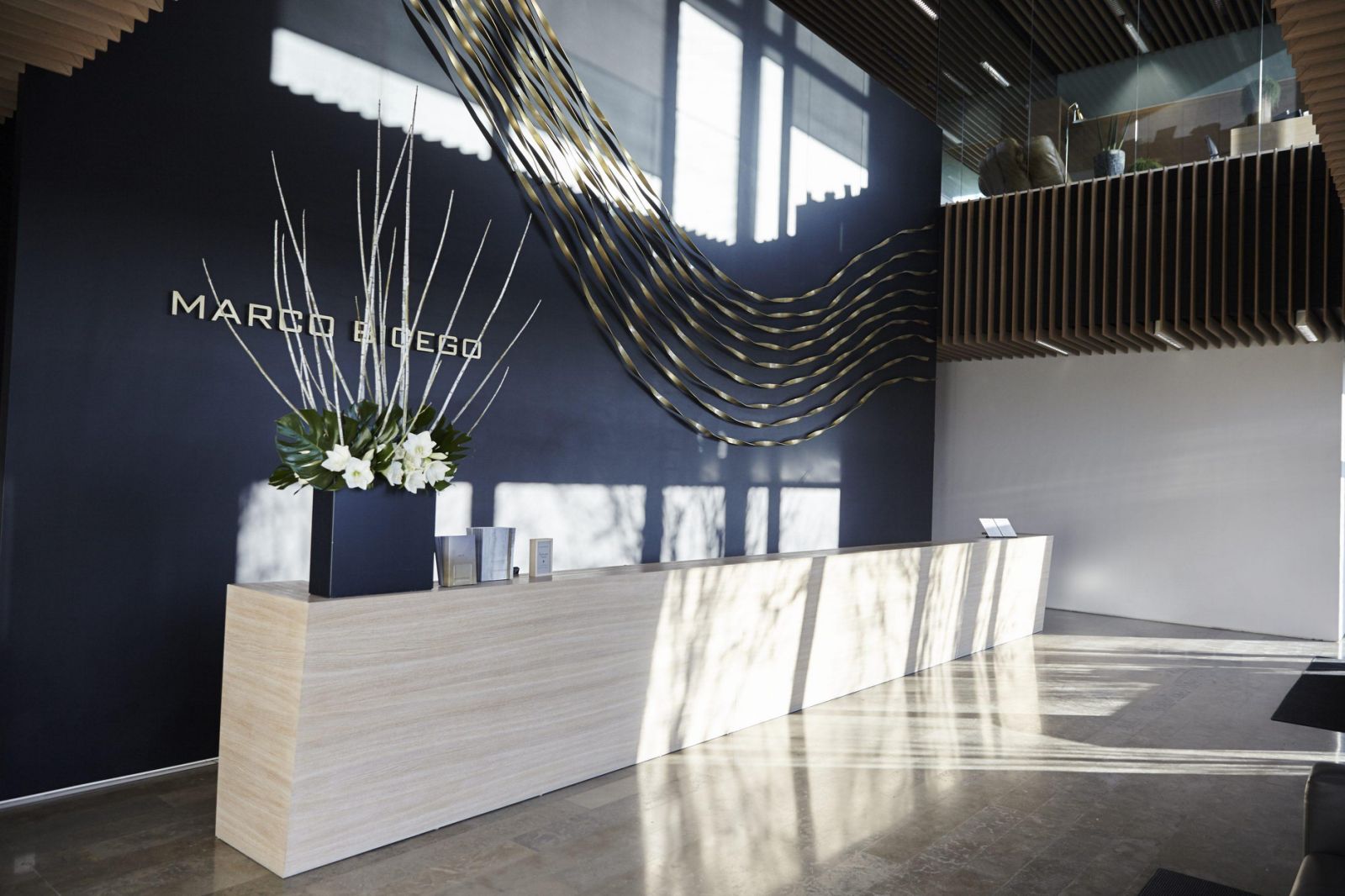
Despite the advancement of technology, engraving remains a technique with a deeply human dimension in where virtues such as precision, temperance and passion are the main ingredients for obtaining the highest quality. For the Master Engraver, the burin is like an appendix to the body and the wooden handle always ergonomically takes the shape of their hand, adapting to their posture and movements. Every self-respecting engraver has their own series of burins which, like a wedding trousseau, follows them for years in their profession and is jealously guarded with love.
„Dieu est dans le detail” said the writer Gustave Flaubert at the end of the nineteenth century, and it is especially in the Jewel, an object of minimal size but with great symbolic power, capable with every detail to communicate Beauty and to underline and illuminate, like a magic wand, the parts of the body on which it is worn, that this sentence acquires a deep and true meaning. The Jewel, the result of a creative idea of value and a careful direction capable of combining precious materials and skilled techniques, speaks through its details. For Marco Bicego, the grooves artfully created by the engraver's burin on the golden surfaces of his jewels not only create a surface that is attractive to the eye and seductive to the touch but also gives it a strong distinctive character, a vocal timbre recognizable as the voice of a friend. Today as yesterday.



